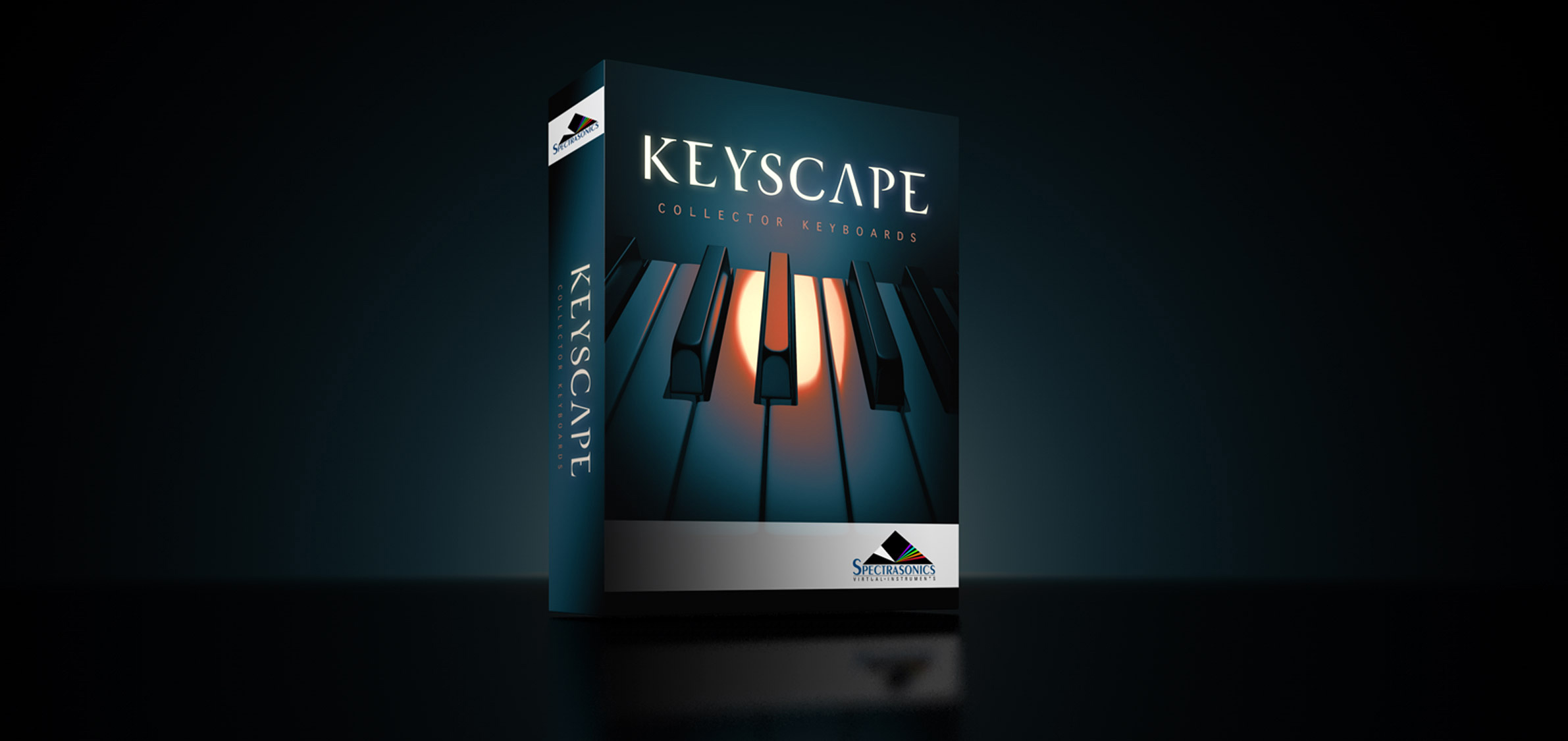
In the 1930s, the Wurlitzer Piano & Organ Company created the space-saving "Butterfly" baby grand piano series, designed for smaller homes and apartments. They came in full-size models, as well as a special 44-key "Student" Miniature Grand. This rare instrument produces a clear and lovely high range tone that could be compared to a Grand Piano in a similar way that the mandolin would compare tonally to a traditional acoustic guitar. Called "Butterfly" because the lid was divided into two opposing "wings" which could be opened for more volume, the "Student Butterfly” has a cast iron harp, strung with real piano strings (only 2 per note, as opposed to three), and a real piano action and soundboard. They were made for children and marketed as a child's "first" piano. Few of these diminutive and distinctive gems are still in existence, and having one with an extended range in Keyscape is especially useful.
In the 1930s, the Wurlitzer Company created the space-saving "Butterfly" baby grand piano series, designed for smaller homes and apartments. They came in full-size models, as well as a special 44-key miniature grand for children, called the “Student Butterfly" - because the lid was divided into two opposing "wings”. Few of these diminutive and distinctive gems are still in existence, and having one with an extended range in Keyscape is especially useful.
Resources: Keyscape Reference Guide
All musical instrument manufacturer and product names used in Keyscape are trademarks of their respective owners, which are in no way associated or affiliated with Spectrasonics. The trademarks of other manufacturers are used solely to identify the products of those manufacturers whose tones and sounds were studied during Spectrasonics sound development. All names of musical artists and instrument inventors have been included for illustrative and educational purposes only and do not suggest any affiliation or endorsement of Keyscape by any artist or instrument inventor.